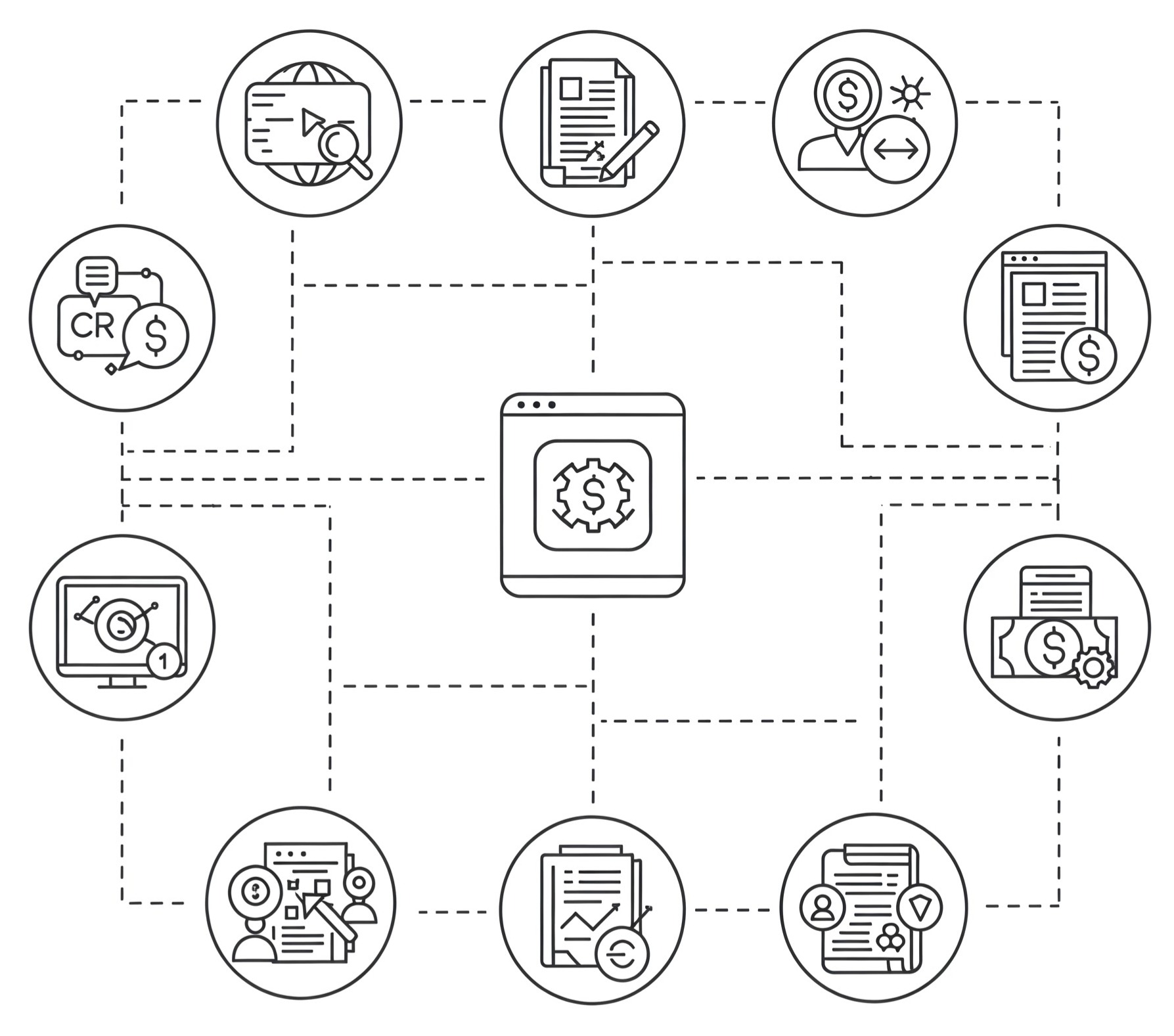QuickBooks Integration:
Why Your Rental Management System Should Handle Payments and Receivables
Your equipment rental management system (RMS) likely handles the majority of your company’s financial transactions. Understanding how your RMS and accounting system work together is critical when evaluating which RMS to use. When it comes to handling customer payments in equipment rental software, there are three common approaches—but a fourth option may be best.
Option 1: No Payment Capture, No Receivables Tracking
This basic approach is found in simple RMS packages that assume payments are captured externally (through standalone merchant terminals, cash, etc.).
Limitations:
-
Only viable for basic rental operations serving retail customers
-
Not suitable for business-to-business transactions with payment terms
-
Provides no way to link payments to specific transactions
-
Offers minimal protection against employee fraud
Recommendation: Not advised for most rental businesses.
Option 2: No Payment Capture, Receivables Tracked in RMS
This system tracks who owes money but has no built-in payment capture capability. While this seems workable in theory, it’s typically the most error-prone approach.
Key Problems:
-
The system depends entirely on staff manually updating payment records
-
Errors occur when order totals change or payments are made on terms
-
Staff may run cards but forget to update the system
-
Reconciling transactions becomes difficult, especially with multiple staff members involved
Real-World Consequences:
-
Inaccurate receivables reporting that no one trusts
-
Difficulty linking transactions to specific orders
-
Late payments from customers falling through the cracks
-
Limited ability to audit for fraud
This approach can work but requires exceptional discipline in recording payments and regular monthly auditing. Expect some lost payments.
Option 3: Accounting System Integration
This approach creates an electronic link between your RMS and accounting system (QuickBooks, Xero, NetSuite, etc.), either through custom integration or third-party connectors like Zapier.
Common Integration Types:
Type A – Basic Integration:
-
RMS pushes customer info and amount due to accounting
-
Creates basic invoices with minimal details
-
Rental-specific data (items rented, dates, etc.) typically not transferred
Type B – Extended Integration:
-
RMS pushes customer and inventory information
-
Creates more detailed invoices using the accounting system’s framework
-
Accounting invoice format often doesn’t match RMS format or rental industry needs
Type C – Overlay Integration:
-
Software leverages accounting features while avoiding invoice formatting issues
-
RMS handles invoicing from within the accounting program
-
More fragile integration that can break with accounting software updates
Common Challenges:
-
Payment capture still happens in accounting software
-
Difficult to maintain consistent invoice formatting
-
Limited options for payment links or using lower-cost merchant accounts
-
Staff need accounting software access and must switch between systems
-
Synchronization issues between customer records in both systems
-
Delays in syncing payment information or rental order changes
Option 4: Payment Capture and Receivables Tracking Within the RMS
This approach keeps payment processing and receivables management entirely within your rental management system.
Key Benefits:
-
RMS always knows about order changes, keeping amount owed accurate and in sync
-
Payment is captured directly within the RMS
-
Features like credit card payment links, ACH, and wire transfers work seamlessly (if supported by your RMS)
-
Every dollar received is automatically linked to specific transactions
-
Lower risk of missing payments with a solid audit trail
-
Reduced fraud risk through better transaction tracking
-
Rental agents don’t need to leave the RMS to process payments
-
Fewer accounting licenses required
-
Less training needed for staff
-
Easily send duplicate invoices and link payments to invoices
-
Real-time visibility of customer payment history when creating new orders
-
Up-to-date receivables reports
Financial Integration:
-
RMS becomes the “source of truth” for customer information and receivables
-
For cash-basis accounting: simply capture transactions from bank feeds
-
For accrual-basis: create simple journal entries for recognized revenue and receivables
-
Most rental companies sync this data monthly when processing sales tax
Conclusion
Having your payment processing and receivables managed within your RMS is clearly superior to the alternatives. When selecting an equipment rental management system, thoroughly understand the payment and accounting integration options.
If your goals are to improve efficiency, reduce costs, and minimize errors, ensure your payments and receivables can be managed cleanly within your equipment rental management system.

